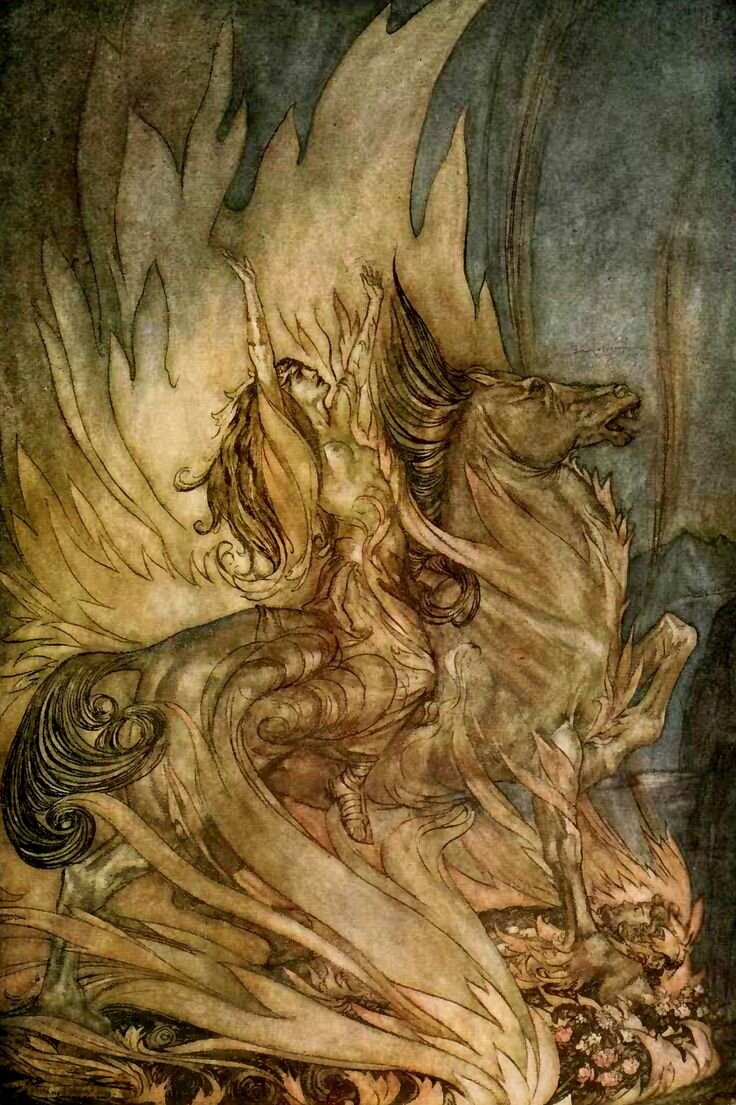Chaos as the Source of Mutations - D-Infinity Live (series 7, Ep. 30) Tie-In!

Below are my notes for the episode. On the show, I only got through about half of what I wrote.
I wanted to examine the ramifications of having mutations stem from a single source - in this case the concept of Chaos (as defined below). But you could do the same for any other source - radiation, genetic editting, disease, magic, or any number of others. I look at Chaos as Mutation through the lenses of a few popular game or fictional worldviews, but the questions raised are worth answering when designing a setting of your own using these or related concepts.
Chaos as Mutation:
To assess some of the impact of Chaos and its effects, we should answer a few questions about the setting:
Is Chaos a driving force in the universe, like gravity or time.
If so, what laws does it obey (if any). Is it always negative or corrupting force, is it simply the agent of change, somewhere in between, or both?
Can Good come out of Chaos? Or does chaos always taint what it touches.
The answers to these questions (and others) will shape any setting in which Chaos plays a role.
Some examples, drawing on gaming and fictional universes:
- BAD Chaos – For the most part, Runequest and setting of Glorantha sees Chaos ultimately as corruptive and destructive. Even though Chaos might create something that is useful or even pleasing, these are essentially random happenings that cannot outweigh the BADness of chaos, which ruined the world once, and must be constantly striven against (or at least balanced with opposing forces) to maintain a cosmic equilibrium. In Glorantha, and other settings with this sort of understanding, Chaos is often associated, or identified, with Evil. Warhammer Chaos is also of this sort, ultimately corrupting all that it touches.
- Chaos as Opposed to Law – The writings of Michael Moorcock, specifically his Eternal Champions books, oppose Chaos with Law in the same way that many other settings oppose Evil with Good. In such settings, Chaos is not evil in itself. It represents change, variation, opportunity, as concepts and mutations are a physical embodiment of this – just as magic is. In setting with high Chaos ratings, magic, magical creatures, mutations and change are common and constant (though not necessarily vigorous). Such settings are probably also chaotic ideologically, socially and politically, with strife arising in one or more of these spheres regularly. Chaos is opposed by Law, which is order, stability, often the rise of technology or science over the existence of magic, and a staid, regularly existence. Its unchanging nature can lead to stagnation, but only an injection of chaos would bring it to rebellion, change or corruption.
So what does the above have to do with Mutation.
- Mutation is evil means that mutants are the enemies of civilization (Strange Brew Reference), tainted or marked by corruption and themselves corrupt. This can be useful in a game, because it draws a very distinct line that Player Characters can stand to one or the other side of. An example of this sort of setting: Survivors of the Chaostorm, sheltering in mobile Leviathans – remnants of the Storm that destroyed millions – and now having to scavenge among the ruins, evade the mutants that haunt the blue zones (which depending on the nature of Chaos, could be radiation zones or areas of rampant magical energy). If mutants are aware of their evil, they might thrive by embracing it – becoming champions of the force that marks them. This could bring greater power, encourage the growth of chaos generally or locally, and ultimately destroy the champion (the Warhammer approach). But it could as readily grant control over the chaos within, allowing the devotee to harness their chaotic nature, possibly in pursuit of their own agenda, rather than the default dissolution of all.
- If mutations are a mark of change, and not inherently evil, they may grant power and ability with less censure. Horrific alterations are still likely to engender horror, but the touch of chaos could be seen as a good thing in many circumstances. It might be cool and advantageous to have an extra set of arms, for example. But if they are insectile, drip acid, project from random portions of the mutant’s body, the horror factor will likely make the character less popular over all, except maybe in some sort of mutant gladiatorial contest.
Some other considerations:
- Decide between: Chaos is THE source, or A source. Is chaos the ONLY source of change (like the second example), or can mutations arise from other sources. IF chaos is the only agent of change then mutants might only be those on the extreme end of the mutation spectrum.
- How MUCH chaos is there? Rampant chaos means that the majority of people are mutants. This would be a bit like a supers setting in which everyone had some sort of power. Or is chaos an invading force in a world utterly stagnant – making its agents (the PCs) chaos revolutionaries, vastly outnumbered, but possessed of unknown, marvelous and terrifying powers.